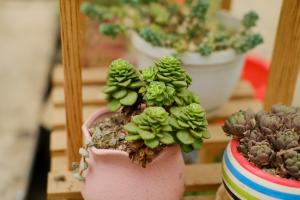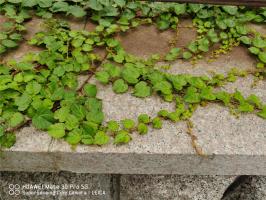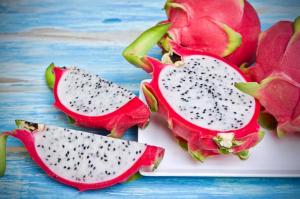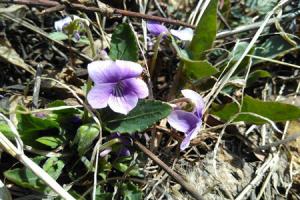Requirements of light for rattan cultivation
Heart leaf rattan itself does not have high requirements for light, but it cannot do without light. In the best case, it can receive four to six hours of light a day. When the sun is not very sufficient in winter, it can be exposed outside for a long time to get more sunshine. However, the weather in winter is relatively cold, and the plant is likely to be frostbitten at night. Therefore, pay more attention to it and carry out some warm window treatment when necessary, In summer, the weather is hot and the sun is hot. Therefore, it should be shaded appropriately

Humidity requirements of heart leaf rattan culture
The humidity requirements for the growth of heart leaf rattan vary with the seasons. In winter, we can appropriately add less water. However, in summer, due to the hot sun, the water evaporation rate is faster than we think, so we can properly pour more water, but we should try our best to avoid watering it at noon. At noon, the weather is hot, and the pores of the plant are open, At this time, watering will damage the stomata of plants and restrict the growth of heart leaf rattan

Temperature requirements for the growth of heart leaf rattan
The optimum temperature for the growth of heart leaf rattan is between 5 and 15 degrees Celsius. According to this habit, heart leaf rattan can be reasonably protected. In summer, it should be shaded to avoid the death of heart leaf rattan caused by too high temperature. In winter, plants should be kept warm to avoid frostbite or even freezing death


 jackfruit
jackfruit snake plant
snake plant hibiscus
hibiscus hydrangea
hydrangea lavender
lavender Green roses climb al...
Green roses climb al... If you don't pay att...
If you don't pay att... Management of four g...
Management of four g...



































